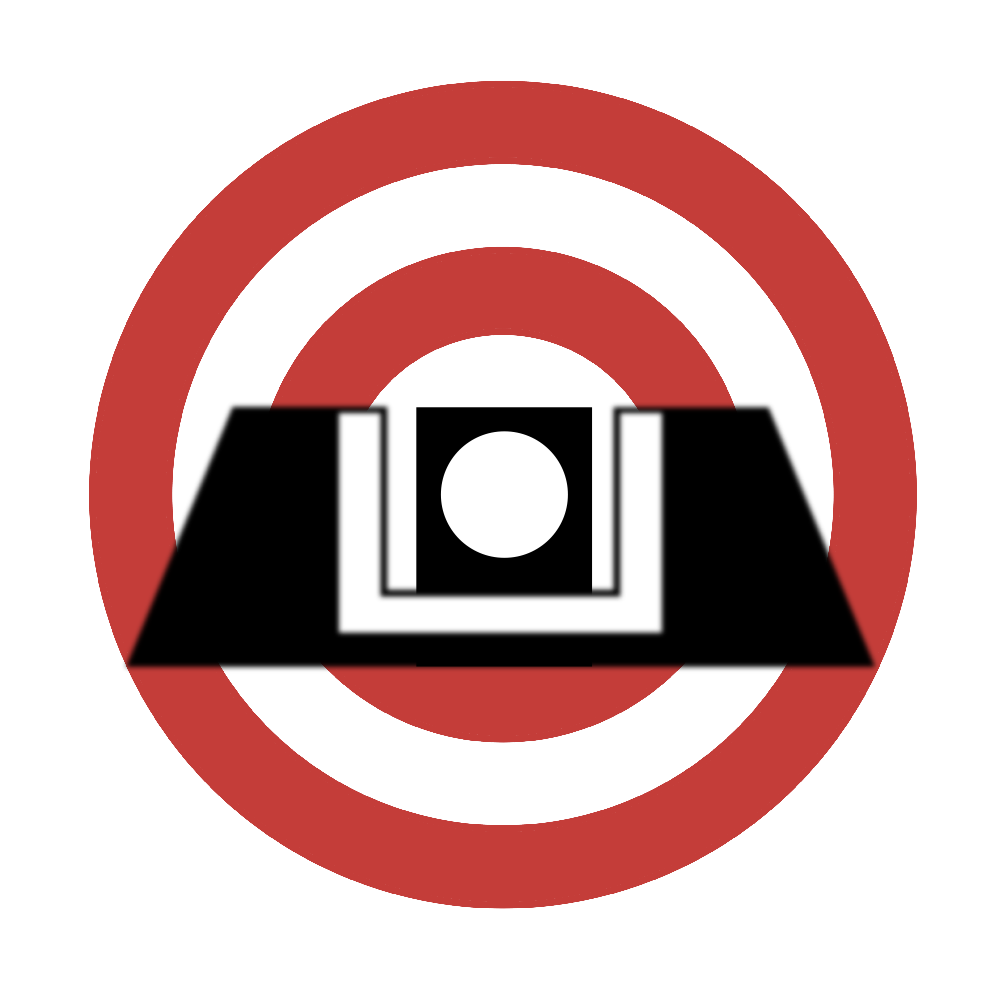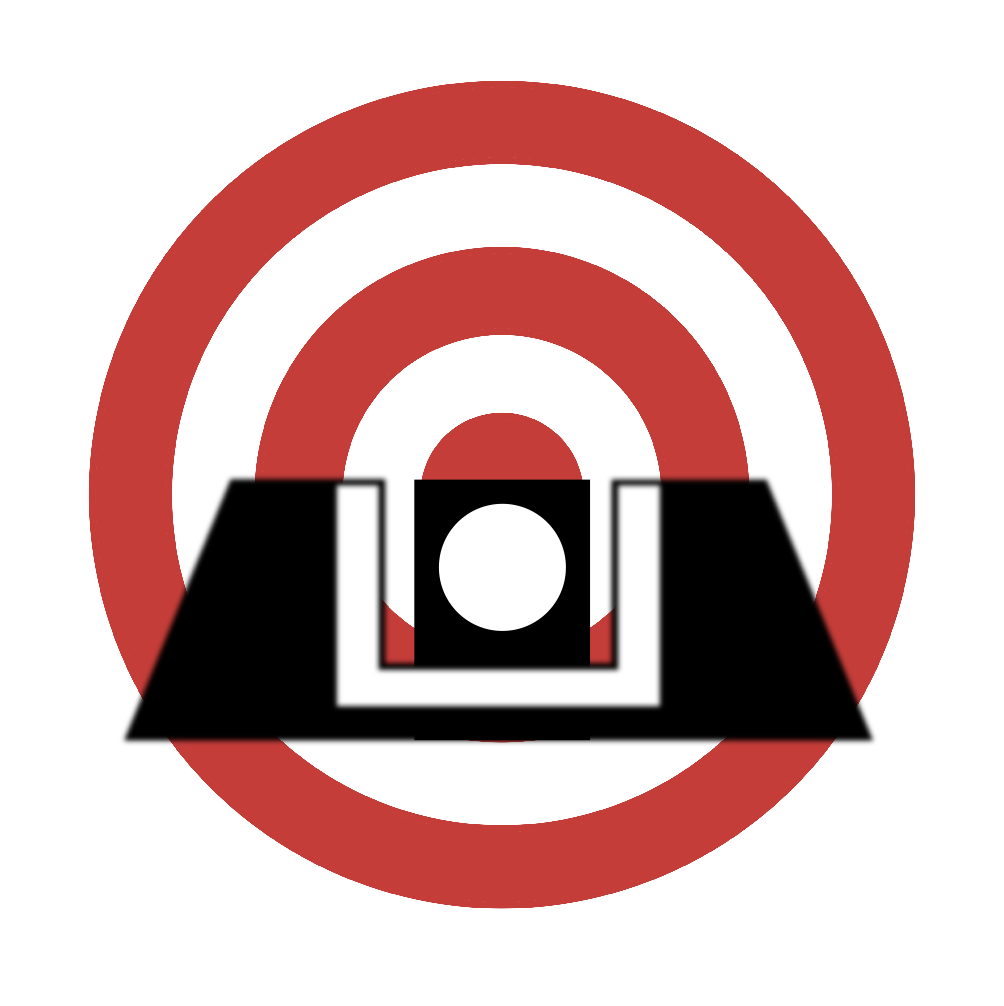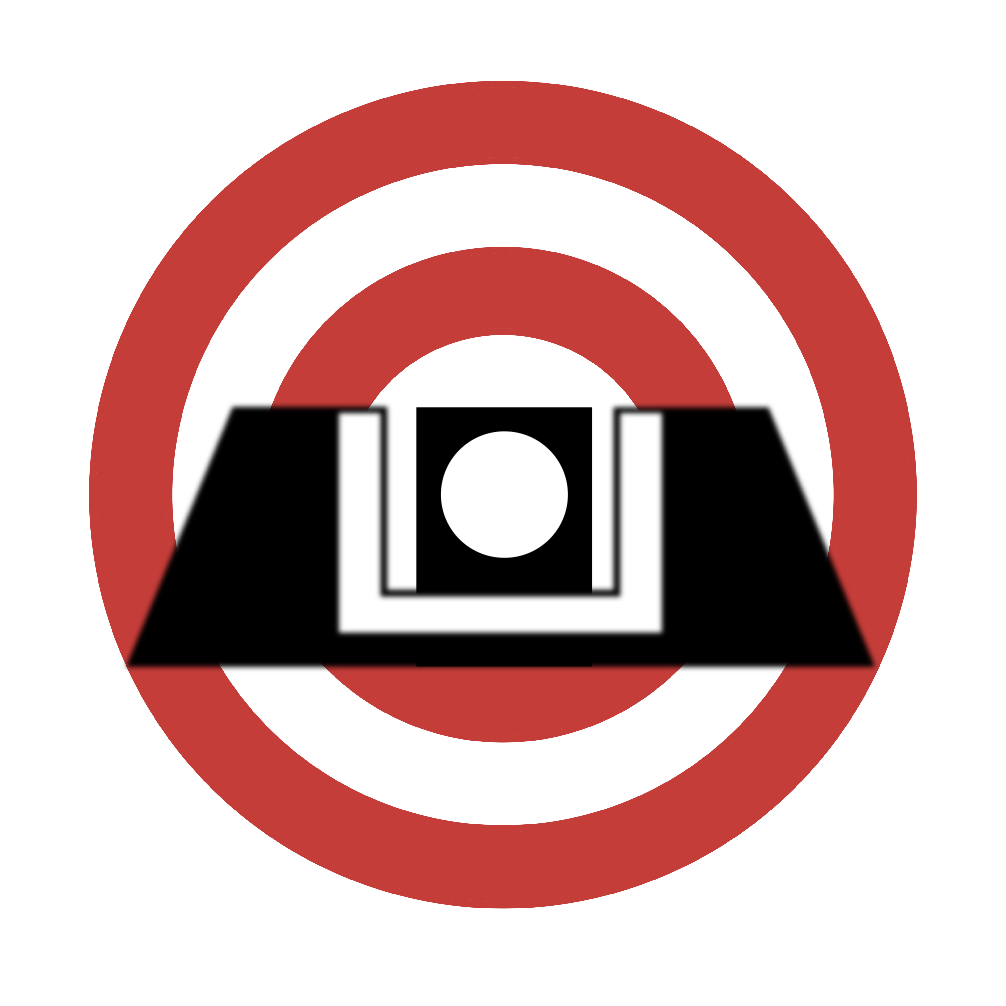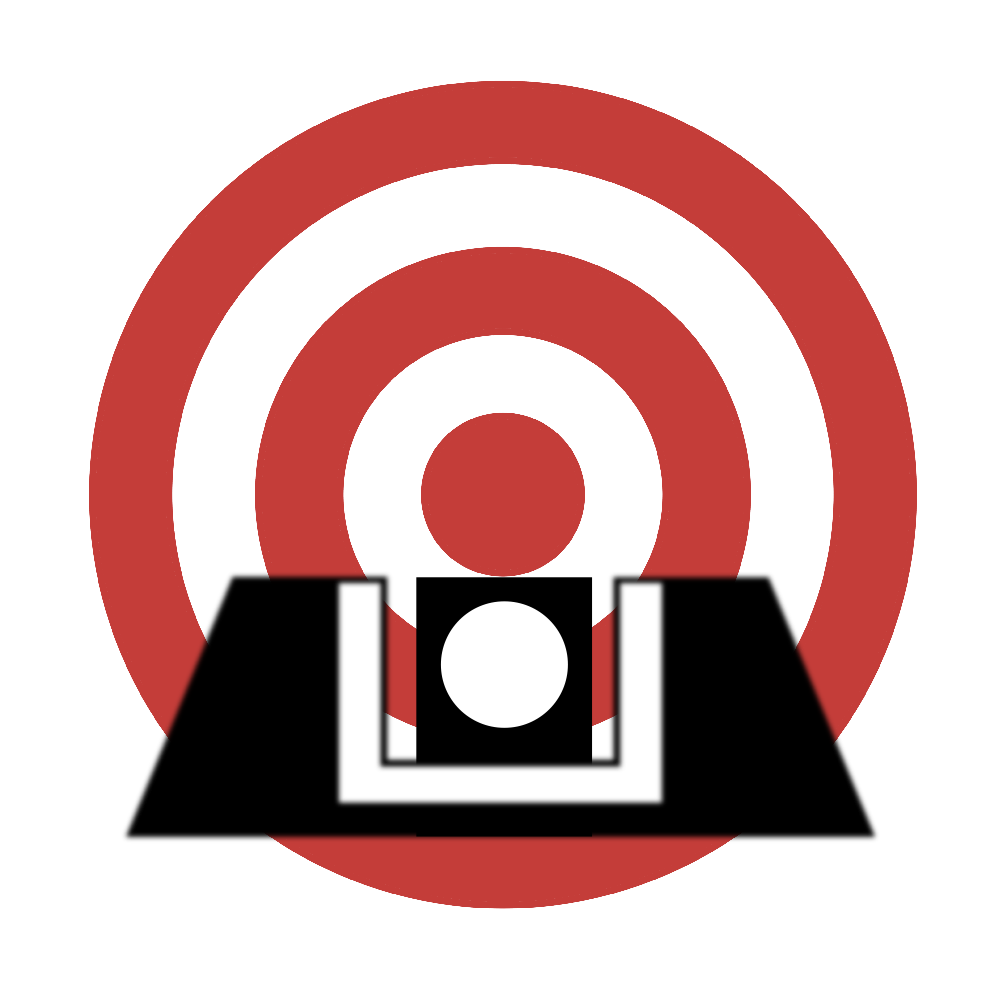
When it comes to accurate pistol shooting, one of the fundamental elements every shooter must master is understanding sight picture holds. For shooters, choosing the right sight picture can significantly influence accuracy and consistency. Let’s explore the primary sight picture holds: Center Hold, Combat Hold, and Lollipop Hold, detailing their definitions, applications, and advantages.
Understanding Sight Picture
A sight picture is what the shooter sees when aligning the front sight post with the rear sight and positioning them relative to the target. How these sights align with the intended point of impact (POI) determines the “hold.”

1. Center Hold
Definition: A center hold positions the top edge of the aligned front and rear sights directly at the center mass or exact point you want your bullet to impact.
Application: Ideal for precision shooting or bullseye-style targets where accuracy is paramount.
Example: When aiming at a bullseye target, place the top edge of your front sight directly in the center of the target, aligning it evenly with the top edge of the rear sight, ensuring the top edges are flush and aligned horizontally and vertically. “Equal Height, equal light.”
Advantages:
- Excellent for precision shots.
- Easy to understand visually.
Disadvantages:
- Target may be partially obscured by sights.

2. Combat Hold
Definition: In the combat hold, also known as “cover hold,” the sights completely cover the target, and the intended point of impact sits behind or just the front sight dot.
Application: Best suited for defensive and tactical scenarios where speed and simplicity matter more than pinpoint precision.
Example: When practicing defensive drills, position your front sight dot over the intended target area, completely covering the desired point of impact.
Advantages:
- Fast acquisition under stress.
- Natural and intuitive for defensive shooting.
Disadvantages:
- Slightly reduced precision at longer ranges.

3. Lollipop Hold (6 o’clock Hold)
Definition: This sight picture involves aligning your sights so that your target sits just above the front sight, like a lollipop on a stick. The bullet impact occurs slightly above your front sight.
Application: Popular for target and competition shooting at known distances. It provides clear visibility of the target, especially beneficial in precision shooting competitions.
Example: When shooting a standard bullseye target at a fixed distance, place the Glock’s front sight directly below the target’s black center circle. Align your sights so that the bullseye sits clearly atop your front sight.
Advantages:
- Clear and unobstructed view of the target.
- Good consistency at known distances.
Disadvantages:
- Not ideal for unknown or rapidly changing distances.
Which Hold Should Most Shooters Use?
Most Glock and Sig pistols ship from the factory optimized for a Combat Hold sight picture. Glock’s standard sighting system—marked by the white dot front sight and the U-shaped rear sight—supports rapid target acquisition, which is ideal for defensive and tactical shooting. However, aftermarket sights can shift your optimal hold.
- Combat Hold: Glock’s OEM sights are commonly set up for this.
- Center or Lollipop Hold: Aftermarket target sights, such as those from AmeriGlo or Trijicon, may be optimized for these holds.
Final Thoughts
Selecting the right sight picture hold depends on your shooting objectives, scenarios, and personal preference. Shooters primarily involved in defensive scenarios or tactical environments will usually benefit from mastering the Combat Hold. Conversely, target shooters may prefer the precision of a Center or Lollipop Hold.
Understanding and consistently applying the appropriate sight picture will enhance your accuracy, confidence, and effectiveness with your Glock firearm.
